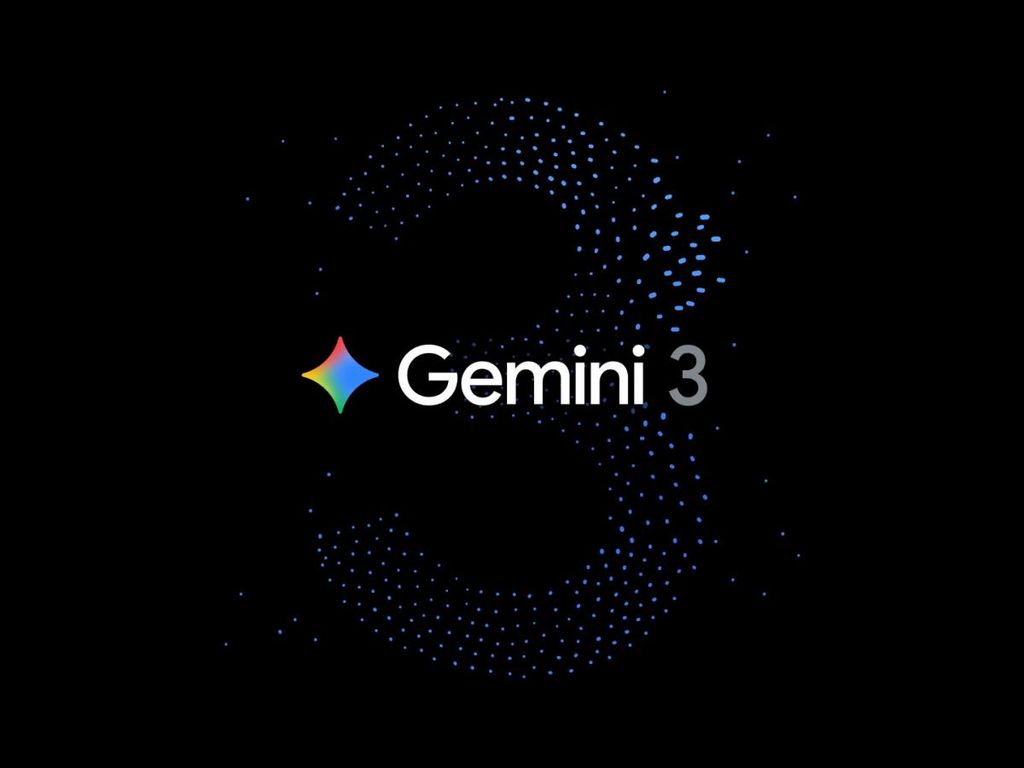
IMAX signed a high-profile agreement with Netflix, under which the new adaptation of "The Chronicles of Narnia" will be exclusively on IMAX screens during its theatrical release. It is this decision that has unleashed a true storm in the industry. Vue (formerly CinemaxX) — the largest private cinema chain in Europe — is openly attacking IMAX, even though it operates IMAX theaters in some countries. The reason? According to the head of Vue, it is a blow to the foundations of the cinema ecosystem.
What happened? The dispute over “Narnia” and the unique “2 + 2” model
The conflict has been escalating for months since it was revealed that IMAX secured exclusivity for Narnia: The Magician’s Nephew in theaters. The film will be shown only in IMAX theaters for 2 weeks, after which… it will completely disappear from theaters for another 2 weeks, only to debut on Netflix on December 25, 2026. This controversial “2 + 2” model effectively cuts out 99% of theaters worldwide from the premiere.
Most major cinema chains had previously rejected similar proposals from Netflix — too short exclusivity and too quick a streaming premiere is a blow to their traditional distribution window.
Netflix can afford this — since 2018, it has had the rights to adapt all seven books, which have sold over 100 million copies.
ChooseTV: “IMAX is ruining the cinema ecosystem”
Tim Richards, founder and CEO of ChooseTV, published a sharp open letter, quoted among others by “Variety.” In his opinion, IMAX has not only broken industry rules but also pushes other filmmakers in a similar direction:
“IMAX has not only agreed to this restrictive model but actively encourages other creators to replicate it. In doing so, it risks destroying the ecosystem that allows films to succeed in theaters.”
Richards claims that the deal will harm not only the industry but primarily the viewers:
“Millions of families who would like to watch Narnia in theaters will be deprived of that opportunity.”
ChooseTV also points out that other premium formats — Dolby Cinema, Cinemark XD, or its own format called EPIC, introduced in 2025 — often earn more per theater than IMAX, but will also be completely cut from the premiere.
“IMAX is just one option. Not the only one.” Richards strikes at the foundations
In his letter, Richards challenges the dominance of IMAX, reminding us that:
IMAX accounts for less than 1% of screens worldwide.
It is not essential for massive successes — an example is “Barbie,” which did not premiere in IMAX and grossed $1.5 billion.
Many directors prefer other technologies. Greta Gerwig (director of “Narnia”) has previously confessed that she prefers screenings in Dolby Vision + Dolby Atmos.
Richards also emphasizes that the quality of technology has rapidly leveled out:
HDR projectors from Dolby, Christie, and Barco deliver images that “outperform” the former advantages of IMAX,
Dolby Atmos with 64 channels remains the industry standard for sound,
and PLFs (premium large formats) are now much more diverse.
The conclusion from Vue is clear:
“The industry should work with studios and focus on the viewer's experience. No one should convince people that there is only one right way to watch a movie.”
Did IMAX go too far? The industry stands on the brink of a new conflict
This is not just an ordinary dispute over a single premiere. According to Vue, the stakes are the future of the cinema market and the long-standing rules in place. The largest chains still demand at least 45 days of theatrical exclusivity before a film reaches the viewer's home. The “2 + 2” model is something the industry has never seen before. And if it works with “Narnia,” others may follow suit. That would be another step toward a world where streaming dictates the terms, and cinemas fight for survival.
 Katarzyna Petru
Katarzyna Petru











